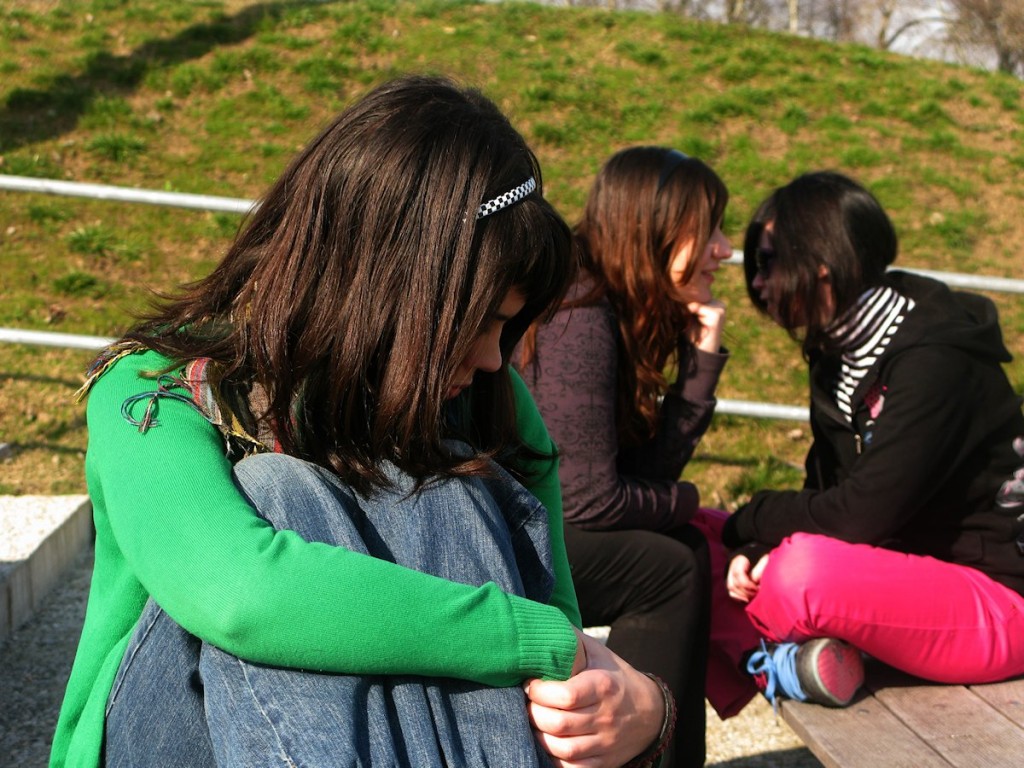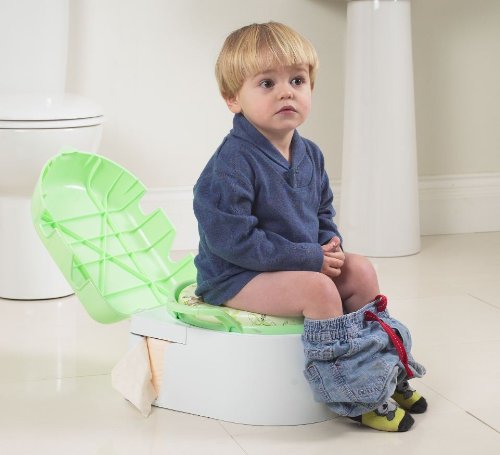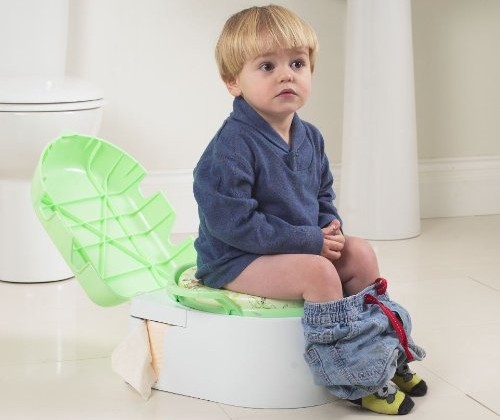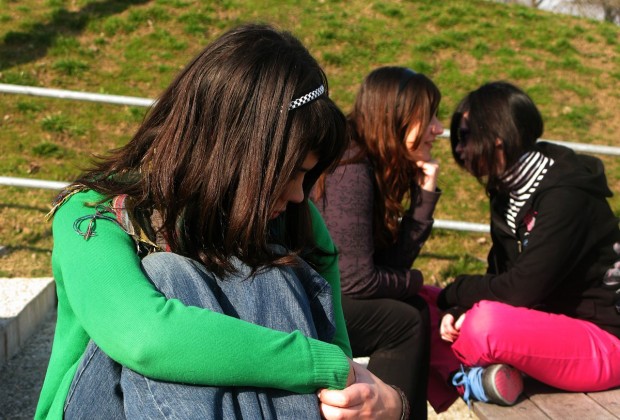
For most parents, finding out their child is a bully is just as devastating as finding out they are the victims of bullying. Bullying happens every day in every school and during their time in school it will probably affect the vast majority, if not all children, in one way or another. Bullying also takes place at home, between siblings, and it’s not uncommon, even in friendship groups, when older children will bully their friends. So what can you do to help if you discover that your child is the bully? Here we’ve put together some detailed information to help you understand why children bully and given tips on how you can put a stop to it.
The Nature of Children
We can’t change the nature of children. No matter how mature they seem, they are still children, not grown-ups. They are still developing emotionally and socially and until they reach maturity, their reaction to things in their lives can sometimes cause them to bully. And, of course, whenever there is a bully there is a victim of bullying.
Schools and Bullying
Schools take bullying very seriously. Just like all responsible parents, in schools children are taught from a very early age that bullying is wrong. It’s reinforced by teachers who address it in lessons, by adults and other students in schools who model appropriate behaviour, through curriculum activities and increasingly through being addressed by student councils or student voice. Schools will have an anti-bullying policy and students will be aware of what the rules are and the consequences of bullying – which at its most extreme can lead to the school permanently excluding a bully and calling in the police. It does happen.
However, even though they know it is wrong, their emotional immaturity means some children continue to bully. We cannot change the child, or fix their emotions overnight. What can be done is to deal with bullying.
Causes and Degrees of Bullying
It’s easy to say that ‘bullying is bullying’, but on closer inspection, bullying can be looked at in a number of ways. There are different causes of bullying and different degrees of bullying.
Different Causes of Bullying
1) Jealousy: There are unlimited reasons why a child bullies, but there are only a few causes. One common cause of bullying is jealousy, particularly over friends and possessions. It’s surprising how many friends fall out because their ‘best friend’ befriended someone else and then because they feel sidelined, begin to bully either their ‘best friend’ or the best friend’s new friend. As adults, we wouldn’t see the world in this light, but it is different for children and bullying can be their way of dealing with the difficulties of feeling hurt. In older children, it can happen over boyfriends and girlfriends and in younger children it can be caused by something as simple as jealousy over toys and sweets.
2) Social Status: This is perhaps the biggest cause of bullying. It’s caused by low self-esteem and the children most at risk of being a bully are those who do less well academically. The simple reason for this, of course, is that the principle aim of schools is to help students academically succeed: those who do well are heralded by society at large, whilst those who do not are looked down upon.
Schools do an awful lot to try and motivate and improve the self-esteem of less academic students, unfortunately, this is not the case in society as a whole. Every student who gets the award on prize night for ‘hard work’ but only got a grade D knows deep down that, although the school valued their efforts, it won’t be good enough to get them into college.
This group of students tend to group together because there is some equality in their peer friendships. In situations where their self-esteem is low, they feel they can gain status within their peer groups by bullying other students, especially those who are perceived as weak, vulnerable or different.
Frequently, when something like racial bullying happens at school, it is not caused by inherent racism, but because these low self-esteem children perceive minority groups as weaker than themselves and they use bullying as a method to raise their own self-esteem. (By minority here, I mean, being in a minority in the school, not necessarily in society as a whole.) They will use racist terms to bully children of other races but will use other equally offensive terms to bully children with other perceived weaknesses. In essence, they choose their weapons carefully. What they do is still racism or homophobia. They know this and it should be dealt with the appropriate degree of severity. However, if these children didn’t have such low self-esteem, they would be less likely to resort to such abuse.
The low self-esteem underachievers are a minority in themselves, and it needs to be said, that, at times, most children, even those who do well at school, will undergo periods in which their self-esteem takes a knock, sometimes for the most trivial of reasons.
It’s at these times when all students are at their most vulnerable to bullying others. A typical example; a girl wearing her new cool shoes to school, to show them off to her friends, suddenly loses a heel. She’s worn them especially to look good and now she feels a fool. This dramatic irony causes her to have temporary low self-esteem. All it takes is one person to comment whilst she is in this state of mind and her response could be to bully the one who commented. Trivial, it happens every day, but bullying all the same.
There is nothing we can do as teachers or parents to prevent a loss of self-esteem. A student falling off a chair, getting their hair wet in the rain, getting the wrong answer in a test, spilling a drink on their clothes: all it takes is something little and it can belittle a child to the extent they feel the need to get even with life even at the expense of others. ‘I was having a bad day, sorry!’ I’ve heard it many a time and in 99% of cases that was the end of the bullying. ‘Shake hands, promise not to do it again and get back to class.’ End of story.
Teachers respond to this bullying when they are made aware of it, but the main concern will always be that group of kids with permanently low self-esteem who consistently bully. For a school there is a fine line. We have a duty to safeguard students from bullying but we also have a duty of care to those who bully because of low self-esteem. How can we let those children live their entire lives thinking so little of themselves? If we don’t try to change that, then we doom them to a bad life and doom everyone else to suffer what some of them may go on to do later in life. These persistent low self-esteem bullies have a much higher chance of getting criminal records, taking drugs and living in poverty. No, we can’t accept their behaviour as it is in school but we can’t abandon them either. This is the dilemma schools have to face when parents of victims scream to have the perpetrators permanently excluded.
3) Injustice: The third type of bullying that I have come across is ‘Injustice’ – it relates to both self-esteem and jealousy in a way because it is caused by a student retaliating for what they feel is an injustice done against them. Kids have a strong sense of right and wrong and if they feel they have been treated unfairly, often those who got the better deal can be bullied in response. In a sense, it can be jealousy, but it can also be seen as low self-esteem because they feel hard done to.
4) Revenge: Some students will bully if they feel their friends or family have been insulted, bullied or hurt. This is a simple one to understand, but again has elements of low self-esteem, and injustice – the difference being, rather than defending themselves, the bully is acting as a vigilante on behalf of others. However, whilst they may see the motive as being honourable, the psychology behind their bullying might be much less altruistic. What do they gain by defending their friends? They may be thanked, be more highly regarded or liked more. In other ways, the lowering of self-esteem that forced them to take revenge may have been righted by the act of revenge itself. In the end, it boils down once again to self-esteem.
Forms of Bullying
There are only two forms of bullying: emotional and physical. There is no right answer to which is worse. I can only call on my own experience of being bullied when I was younger and to me, although the physical bullying hurt, nothing was quite so damaging or had quite such an impact on how I led my life than the fear of violence. Fights tend to last a short time and then they are over, the fear of violence can last months and can totally change your mood and curtail your everyday life. Children scared of physical violence won’t socialise, won’t be able to concentrate and will have difficulty doing virtually anything. It’s truly living under a cloud. You can see why, in extreme cases, this has led to suicide. If you ever suspect, through changes in your child’s behaviour, that this is the case, then you have to act immediately.
Degrees of Bullying
Degrees of bullying fall into two partially overlapping categories: damage and spread. Degrees of damage start with small verbal insults and snide comments, build up to vicious comments (racial, homophobic, disability related, etc.) then escalate into threats of physical violence before leading to actual violence. ‘Spread’ deals with the number of people involved. Bullying can be just between two people, but is more often done by one student in front of a small audience of peers (this is especially so with low self-esteem children who need witnesses to raise their feeling of self-worth). As it escalates, you can get two groups confronting each other, with the friends joining in the bullying because of the revenge motive.
It’s at this stage that bullying can become very serious. Peer pressure on the individuals involved to not back down and to ‘Go on, hit him.’ can lead to verbal bullying becoming violent. It’s very difficult for a student to back down in these instances, and in schools, when this happens, the first things teachers do is remove the main parties from their peers and remove the peer groups from each other.
Whenever I have dealt with a situation like this, getting the two people in the fight away from friends and sitting them next to each other has always been the most successful way to resolve the issue. What you often find in these situations is that the bully feels the situation has gone too far, has felt pressured into doing what they did and is relieved that it is all over. It’s an ideal opportunity, in a safe environment, to resolve differences, agree to put an end to the matter and to remind friends that it’s a done deal. In the vast majority of incidents, this brings closure. The instigator, of course, will have to be punished and parents informed.
A Word About Social Media
Bullying on social media can cause huge emotional damage. Make a comment about someone on Facebook, post it and the potential number of people who can read it is immeasurable. It could go viral. In this sense, the damage is also immeasurable. All it takes is one girl to call another a ‘slag’ on Facebook and within a short period of time, the girl’s reputation could have been seriously damaged. It’s potentially a legal matter by this stage and if it happens to your child you need to keep a record of any evidence.
Social media comments are probably at their worst when made away from the school. At home, in particular, a child feels safe and is less inhibited by immediate threats from others or from the teachers. As a result, what they say can be particularly threatening or hurtful. Nevertheless, schools will take action on bullying that takes place outside of school if it involves their students.
Once published, cyber bullying doesn’t take long to generate a torrent of comments and by the time school starts the next day, people on all sides are bullying each other.
As parents, the one thing you should tell your child is never to respond to any insult they receive via social media. Unfortunately, there are some parents who do quite the opposite and get involved themselves, posting their own insults. Although they don’t expect it, the response is that they get abused themselves and their child is held responsible for their parents’ actions by the bullies. I’ve even seen parents arrive outside of school to confront students who have commented about them on Facebook and have heard of parents who have ended up fighting with each other all through children bullying online. So perhaps the fifth cause of bullying is that some parents set a bad example to their own children.
As far as bullying goes, social media is a weapon of mass destruction.
How to Stop Your Child Bullying
The main cause of bullying is the low self-esteem of the bully. Self-esteem is a social concept – it’s your child believing themselves to be inferior to their peers. Bullying is a negative reaction to this. Preventing bullying means finding ways to make your child feel good about themselves. Parental praise and reassurance go a long way to helping them but in addition to this, you need to find other areas in social circles in which your child has ability. Your child might be good at sport, performing or have some other skill where there is club or group of people who will raise their self-worth.
I have known children who have stopped bullying because they have excelled, socially, outside of school, in one area or another. Getting your child involved in a club or social group where they can achieve will work wonders for their self-esteem and reduce their risk of becoming a bully.
More: How safe are the apps your kids play with?
Read Full Article




